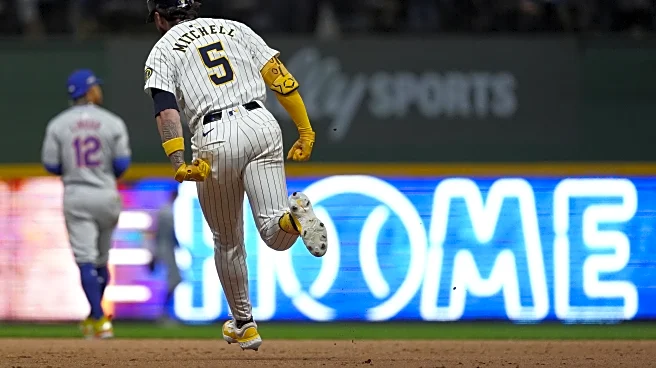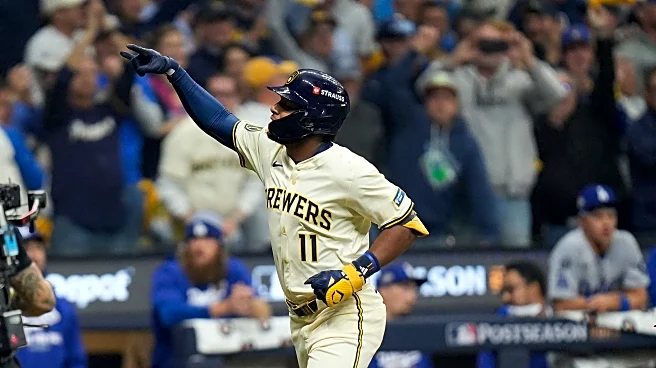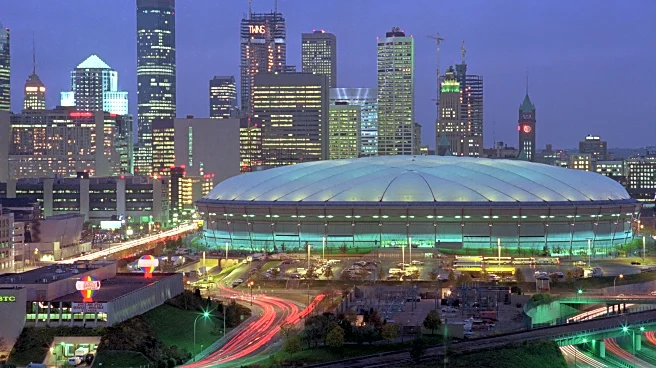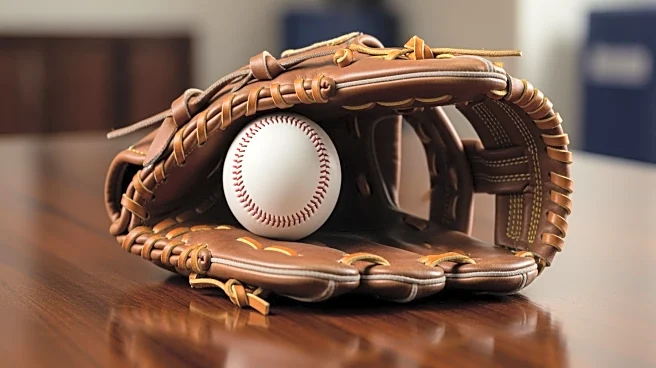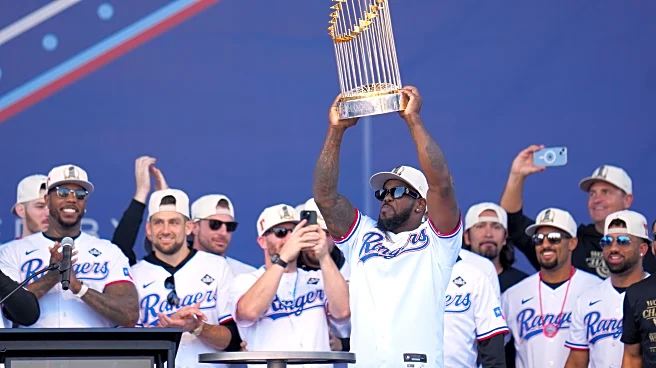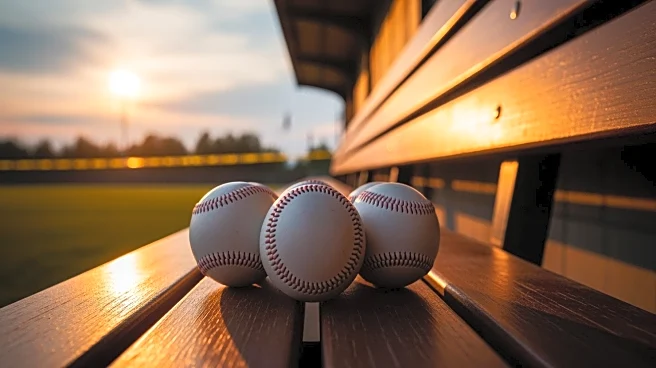I’m writing this article in defense of a couple players that were at one point seen as potential answers at their respective positions but now face questions about their long-term fit with the Brewers.
Both players have — somewhat deservedly — gotten grief for their performance, or lack thereof, during the 2025 season. Here’s the case for why they could still turn things around in 2026.
The Case for Joey Ortiz
Yes, I saw him look absolutely lost at the plate for long stretches of the 2025 season. I was also one of the Brewers fans calling for more late-game Monasterio at-bats after the utility infielder posted an OPS of .756 in limited time with the Brewers.
The fact remains that Joey Ortiz is a really, really talented shortstop. Milwaukee has, in recent years, prioritized stellar defense when building their roster. Ortiz does things in the field that most shortstops can’t do, which is why Milwaukee kept him in the lineup last year despite his offensive struggles. If he can become even a slightly below-average hitter, he’ll end up somewhere closer to the 3.1 fWAR player he was in 2024 than to the 1.4 fWAR he posted in 2025.
Is it realistic to expect him to hit better than he did last year? I think so. For starters, Ortiz had the worst OPS in the league among qualifying hitters last season. There’s literally nowhere to go but up. Ortiz also already put up a league-average offensive season (.727 OPS over 511 plate appearances) in 2024.
To be fair, pretty much all of his advanced stats last year (barrel percentage, hard-hit percentage, walk rate, and even chase rate) were far below average. Without getting into a full Brewers Film Room article, Ortiz does have a path to improving his swing. I don’t necessarily agree that he’s one mechanical adjustment from becoming a “completely different” hitter, but trying out a slightly less flat swing path and loading a bit earlier could — at the very least — raise his OPS up to somewhere above league-worst levels.
The other reason the Brewers might be inclined to try and get more out of Ortiz instead of finding a replacement is that three of their top prospects— Jesus Made, Luis Peña, and Cooper Pratt — are shortstops, and all three could all be ready sometime in 2027. Made and Pratt are already in Double-A. Milwaukee isn’t shelling out (likely more than) $25 million for a couple seasons of Bo Bichette, who isn’t exactly a defensive upgrade from Ortiz anyway. It might not be worth it for the Brewers to give up valuable prospect capital (and/or spend a ton of money) on a stopgap when the shortstop they do have is capable of putting up a 3-WAR season.
Again, Ortiz doesn’t need to even be an average hitter to return value as the Brewers’ shortstop. His ceiling is somewhere above “worst hitter in the league”; it’s worth it to give him another season and see if he can improve his mechanics and approach. If he can do that, he might again be a 3- WAR player.
Worst case scenario, Milwaukee could try him as a platoon bat. Ortiz’s splits versus lefties (.289/.319/.415 over 134 plate appearances) show that he has the potential to be productive in that role.
The Case for Garrett Mitchell
Mitchell, a first round pick in the 2020 draft, made his major league debut in August of 2022. Here’s how his career has gone since then:
2022: 28 games played
2023: 19 games played due to torn labrum suffered on May 4
2024: 69 games played due to broken left hand suffered in spring training
2025: 25 games played due to oblique injury followed by second labrum injury during rehab stint
When Mitchell’s been on the field, he’s been great (career .766 OPS). The problem is that he’s almost never on the field, saddling him with the dreaded “injury-prone” label.
I disagree with the concept of labeling most players “injury-prone.” Other than reoccurring, degenerative, or compensational injuries, the majority of injuries are the result of chance — bad luck experienced by athletes competing in a physically demanding sport. Mitchell breaking his hand, straining his oblique, or messing up his shoulder once isn’t much of a reason to call him injury-prone. Major sports are littered with examples of players (Steph Curry, Matthew Stafford, Keenan Allen, Lance Berkman, Stephen Strasburg from 2014-2019, even Christian Yelich) who suffer through a couple injury-riddled seasons, are labeled injury-prone, and end up going on to have successful careers. Injuries happen in sports.
Now, Mitchell’s season-ending shoulder injury last year does give me a bit of pause because it reportedly required a second surgery on his left labrum. That definitely could be considered a reoccurring injury, especially because he had fully recovered from the first labrum tear. However, labrum tears also tend to recur due to structural/muscular imbalances. When Mitchell tore his labrum the second time, he was rehabbing a left oblique strain which could have caused muscular imbalances in that side of the body. An offseason of rehab and strength training should theoretically reduce the risk of injury in a healthy Mitchell compared to when he re-tore his labrum. If he tears his labrum a third time? That’s a different conversation.
The case for Mitchell as the Brewers’ comeback player of the year is simple. If he’s healthy, he’ll produce. He can’t get hurt every year, right? Right?
